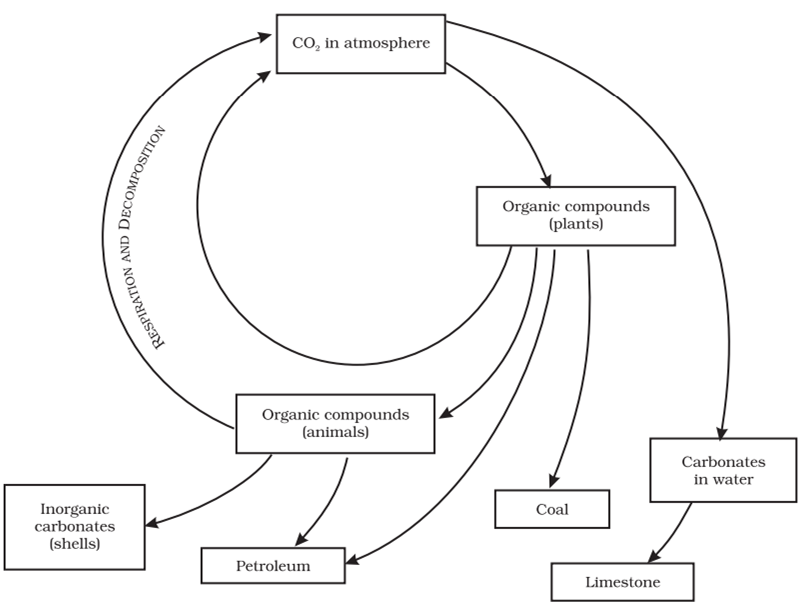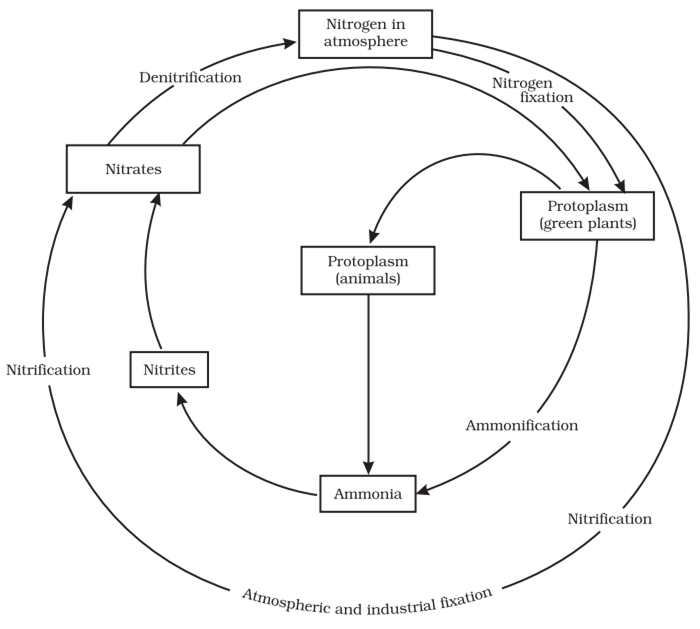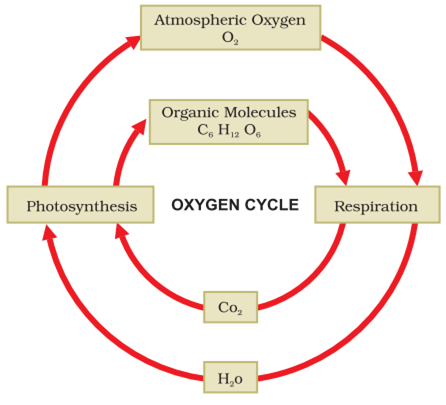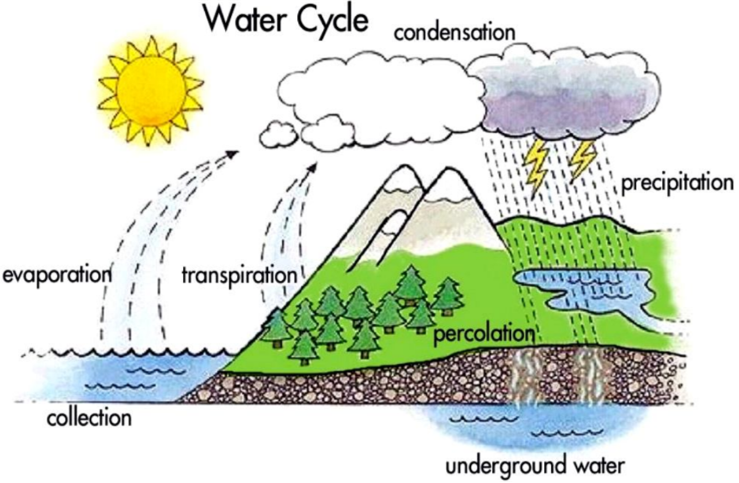CBSE
Class 10 Class 12
A constant interaction between the biotic and abiotic components of the biosphere makes it a dynamic, but stable system. These interactions consist of a transfer of matter and energy between the different components of the biosphere.
0.03-0.04% carbon is present in the atmosphere in the form of CO2.
The Carbon Cycle starts in plants as :
Step I.
Plants use CO2 in the atmosphere, convert it into glucose in the presence of sunlight by the process of photosynthesis. Plants and animals break these carbohydrates for energy and release CO2 through respiration.
Step II.
When the plants and animals die, fungi and bacteria decompose the dead remains. This releases the carbon in the remains as carbon dioxide.
Step III.
Some of the dead plants and animals which get buried under the earth under certain temperature and pressure get transformed into fossil fuels like coal and petroleum. On burning these fuels, CO2 is released into the atmosphere.

The greenhouse effect refers to the change in the steady state temperature of a planet or moon by the presence of an atmosphere containing gas that absorbs and emits infrared radiation.
Greenhouse gases, which include water vapour, carbon dioxide and methane, warm the atmosphere by efficiently absorbing thermal infrared radiation emitted by the earth’s surface, by the atmosphere itself, and by clouds.
As a result of its warmth, the atmosphere also radiates thermal infrared in all directions, including downward to the Earth’s surface. Thus, greenhouse gases trap heat within the surface-troposphere system. The greenhouse effect is one of several factors that affect the temperature of the Earth.
Ammonification: It is the process by which soil bacteria decompose dead organic matter and release ammonia into the soil.
Nitrification: It is the process by which ammonia is converted into nitrites and nitrates.
Denitrification: It is the process by which nitrates are converted into atmospheric nitrogen.

The % of oxygen in the air is 21%.
The decomposition of dead organisms also takes in oxygen from the atmosphere. Respiration and decay of dead organisms release CO2 and water.
Thus, the oxygen cycle keeps repeating in nature.

The water cycle, also known as the hydrologic cycle, describes the continuous movement of water on, above, and below the surface of the earth.
Water evaporates from the water bodies and subsequent condensation of this water vapour leads to rain.
The whole process in which water evaporates and falls on the land as rain and later flows back into the sea via rivers is known as the water cycle.
